(Verona, 1515 - ?)
DAMASCENED BRONZE HANDBELL , Verona, 1559
Inscribed in Latin ‘BONIS NOCET QUIS PEPERCERIT MALIS’ (‘He Hurts the Good Who Spares the Bad’), dated on the inner rim ‘1559’, with the coat of arms of the Ganbicurti family
Damascened and engraved bronze with original bronze clapper
11.5 x 8 cm - 4 1/2 x 3 1/4 in
Provenance:
- Daniel Katz Ltd., London, early 1980s
- Michael and Jane Dunn, New York
- Frank Cowan, New York, 1990s and sold by his widow to
- Ross Levett, Maine, USA
- Private collection, USA,2008
Handed down through generations and previously part of important collections, this fine handbell is an admirable example of Northern Italian 16th Century metalwork. Foliate ornaments and arabesque patterns decorate the damascened surface, which features armorials of the Ganbicurti, a noble family from Verona, on either side of the bell.
Dated 1559 on the inner rim, the bell is also inscribed in Latin ‘BONIS NOCET QUIS PEPERCERIT MALIS’.
The quote, which can be translated to ‘He Hurts the Good Who Spares the Bad’, is from Publilius Syrus (85 - 43 BC) a Roman slave from Syria, who by his wit and talent won the favour of his master who educated him and granted him his freedom.
The handbell shows a smooth aged greenish patina with extensive gold and silver inlay remaining, and retaining the original bronze clapper.
Handbells played an important role in the 16th Century and were also used as commemorative gifts for important occasions. Great Venetian and northern Italian handbells similar to this one are today part of significant museum collections and an almost identical example is depicted on the desk of St Augustine in the celebrated painting by Vittore Carracio housed in the Scuola di San Giorgio degli Schiavoni in Venice.
-
For further information, additional images or to request a shipping quote do not hesitate to contact us at:
+39 02 82398401 (also whatsapp)
info@cavagnislacerenza.art
CAVAGNIS LACERENZA FINE ART
Via Marsala 13, Milano
www.cavagnislacerenza.art
All items listed on our gallery’s profile are eligible for international shipping, unless otherwise stated. We are available to provide assistance with international shipments.















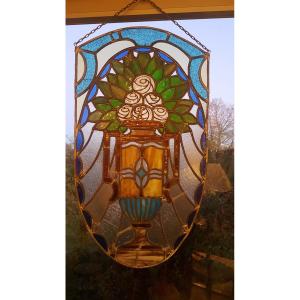
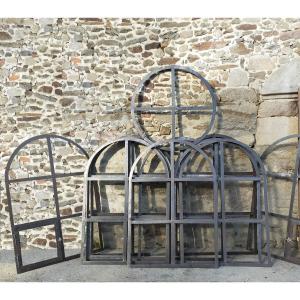

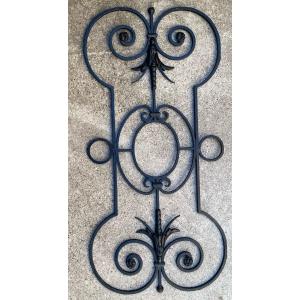
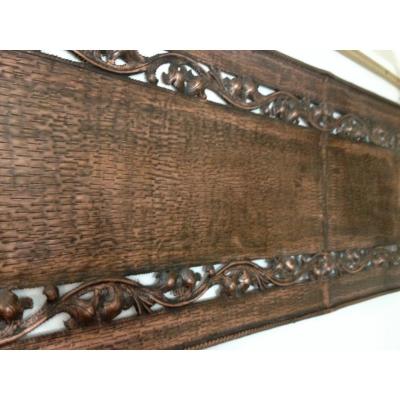
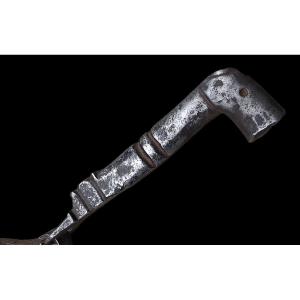



 Le Magazine de PROANTIC
Le Magazine de PROANTIC TRÉSORS Magazine
TRÉSORS Magazine Rivista Artiquariato
Rivista Artiquariato
